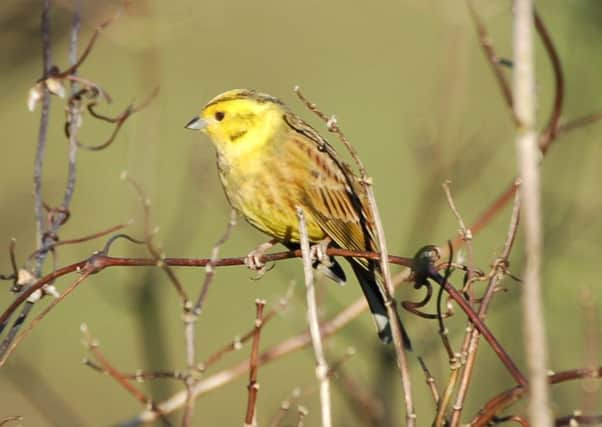It's time to count the birds


All you need to do is spend about 30 minutes recording the species and number of birds seen on one area of the farm.
Farmers, gamekeepers and landowners are crucial in the survival and protection of many farmland bird species. However, several of these birds are in decline and efforts to monitor their numbers varies across the country. This is your chance to find out what you have on your farm. This year is even easier. You can use an exciting new online tool to make it quicker for you to record your count and will enable you to plot trends and compare your farm with others in your region.
Advertisement
Hide AdAdvertisement
Hide AdTo take part visit www.gwct.org.uk/bfbc download a count sheet, count the birds on your farm and then submit your results online
Last year 130 different species were recorded, from fieldfare, which migrate from Scandinavia, and long-time resident, the yellowhammer. Other birds expected to be seen include skylarks, which can be found on most areas of open farmland, corn bunting which prefers open lowland farmland, the yellowhammer which favours winter stubbles, game cover and wild seed mixes.
Lapwings were one of the most abundant species last year, as they will live on all types of farmland, but prefer mixed farming systems and extensively managed wet grasslands.
Commenting on the count NFU Vice President Guy Smith said: “Citizen science seems very fashionable nowadays with initiatives such as the RSPB’s Big Garden Birdwatch attracting plenty of media attention. So it’s great to see the farming community having its own version in the GWCT Big Farmland Bird Count.”
Advertisement
Hide AdAdvertisement
Hide Ad“I always choose a different spot on my own farm to see what species are attracted by certain locations. In 2015 it was the middle of the marsh, so it was dominated by species such as lapwing, golden plover and brent geese.”